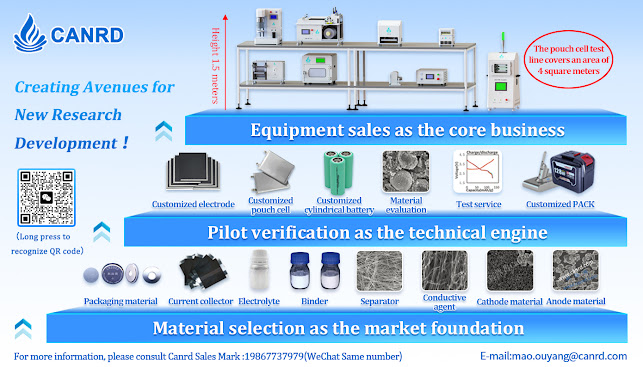What is electrolyte?
The main materials of lithium-ion batteries are: positive electrode, negative electrode, electrolyte, and separator . As one of the four key materials of lithium-ion batteries, electrolyte is called the "blood" of lithium-ion batteries.
From the working principle of lithium ions, lithium-ion batteries are secondary batteries (rechargeable batteries) that mainly rely on the movement of lithium ions between the positive and negative electrodes to work. During the charging and discharging process, Li+ is embedded and de-embedded between the two electrodes: when charging, Li+ is de-embedded from the positive electrode and embedded in the negative electrode through the electrolyte, and the negative electrode is in a lithium-rich state; the opposite is true during discharge.








